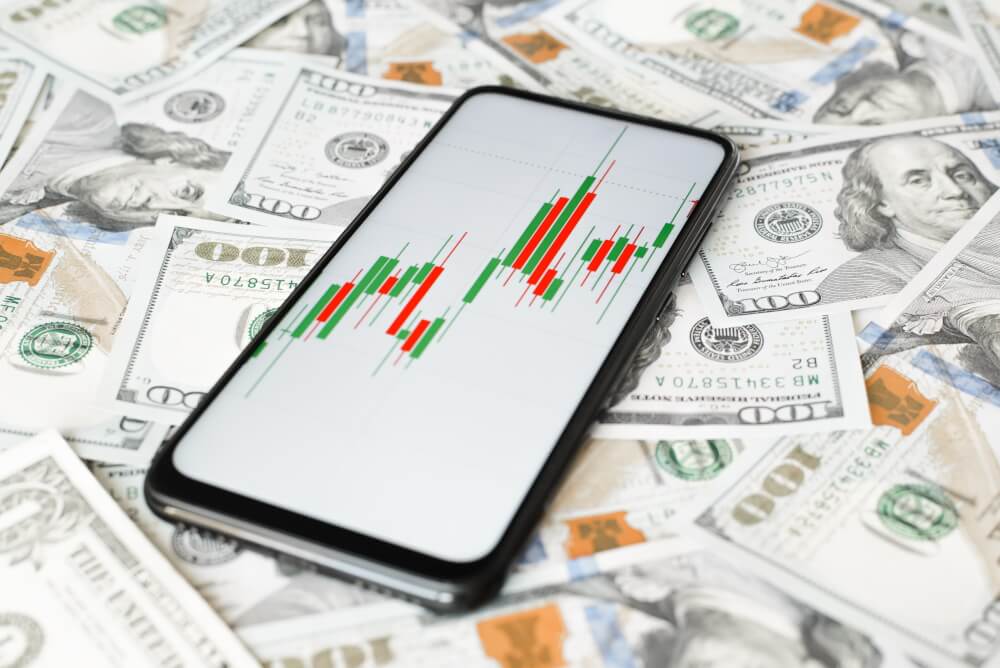Blog

Understanding the Business Model of Forex Brokers
Navigating the labyrinthine world of foreign exchange (Forex) trading can be challenging, particularly when trying to understand the complexities of the business model employed by Forex brokers. These brokers serve as intermediaries, enabling retail traders to interact with the interbank market and providing them with the platform, tools, and liquidity necessary for trading. But how do these entities generate income? And what fundamental processes and mechanisms lie beneath their operations? This comprehensive guide will shed light on the somewhat cryptic business model of Forex brokers.
The Crucial Role of Forex Brokers
At the most basic level, Forex brokers function as a bridge that links retail traders and the interbank foreign exchange market. These brokers facilitate a platform where individuals can buy and sell different currencies and gain access to a wealth of financial data, educational resources, and trading tools. Forex brokers act as a gateway that opens up the otherwise exclusive realm of foreign exchange - traditionally reserved for large financial institutions and corporations - to individual retail traders.
Income Generation: The Core of the Forex Broker Business Model
Forex brokers have several income streams. Let's explore the most common ones:
Spreads
The concept of a spread forms the bedrock of a Forex broker's business model. The spread refers to the difference between the bid price (the highest amount a buyer is prepared to pay for a currency pair) and the asking price (the minimum amount a seller is willing to accept for the pair). Brokers earn revenue by charging traders this spread.
For instance, if the bid price for the EUR/USD pair is 1.1200 and the asking price is 1.1202, the spread charged by the broker is 2 pips. Forex brokers typically offer two forms of spreads: fixed spreads, which remain constant and are determined by the broker, and variable spreads, which can fluctuate in line with market conditions and can widen during periods of heightened volatility or low liquidity.

Commissions
Another way Forex brokers generate income is by charging a commission on each trade executed by a trader. Typically, this commission is a fixed sum per lot traded. For example, if a broker charges $2 per lot and a trader buys 5 lots, the commission levied on the trader would amount to $10. This form of income is more common among ECN (Electronic Communication Network) brokers, who usually offer tighter spreads but impose a commission for their services.
Swap Fees
A significant aspect of Forex trading is leveraging, where traders borrow funds to open larger positions than their account balance ordinarily permits. Holding a leveraged position overnight incurs a charge known as a swap fee (or rollover fee). This fee is determined by the interest rate differential between the two currencies constituting the traded pair.
Dissecting the Types of Forex Brokers
A deeper understanding of the Forex broker business model necessitates awareness of the different types of brokers:
Dealing Desk (DD) Brokers
Dealing Desk brokers, also known as market makers, create an artificial market for their clients. They often take the opposing side of a client's trade, implying that if a client buys a currency pair, the broker sells it to them, and vice versa. However, this does not inherently mean a conflict of interest, as brokers typically hedge these positions with other clients' opposing trades or with their liquidity providers.
No Dealing Desk (NDD) Brokers
Unlike DD brokers, NDD brokers function purely as intermediaries between clients and liquidity providers, such as large banks, other brokers, and financial institutions. There are two main types of NDD brokers - STP (Straight Through Processing) and ECN.
STP brokers pass on clients' trades directly to their liquidity providers, effectively eliminating the need for a dealing desk. On the other hand, ECN brokers provide an electronic trading system where traders can directly trade against each other, bypassing the intermediary entirely. While ECN brokers charge a commission for their services, they typically offer lower spreads than their counterparts.

The Brokers' Additional Revenue Streams
Beyond the primary sources of income, some Forex brokers also use other practices to boost their revenues. These practices include:
Interest on Trader Deposits
Brokers might invest the deposits they hold for traders in low-risk interest-bearing assets. While the returns from such investments are typically small, they can add up to a considerable amount due to the large volume of deposits brokers handle.
Premium Services
For an additional fee, some brokers offer premium services, such as advanced educational materials, superior trading tools, market research, and priority customer support.
Payment for Order Flow
Some brokers sell their order flow to larger brokerage firms or liquidity providers. This practice can provide an additional source of revenue, although it is not prevalent in the Forex market as it is in the stock market.
Conclusion
The business model of Forex brokers may seem intricate, but at its core, it revolves around offering retail traders access to the currency markets and charging for this service. Understanding how Forex brokers operate and generate revenue can aid traders in making more informed decisions, ensuring they opt for a broker that suits their trading style and goals. It's crucial to thoroughly research potential brokers, bearing in mind factors such as their regulatory status, spreads, commissions, and customer service quality. By doing so, traders can find a trustworthy and reliable partner to guide them on their trading journey.




